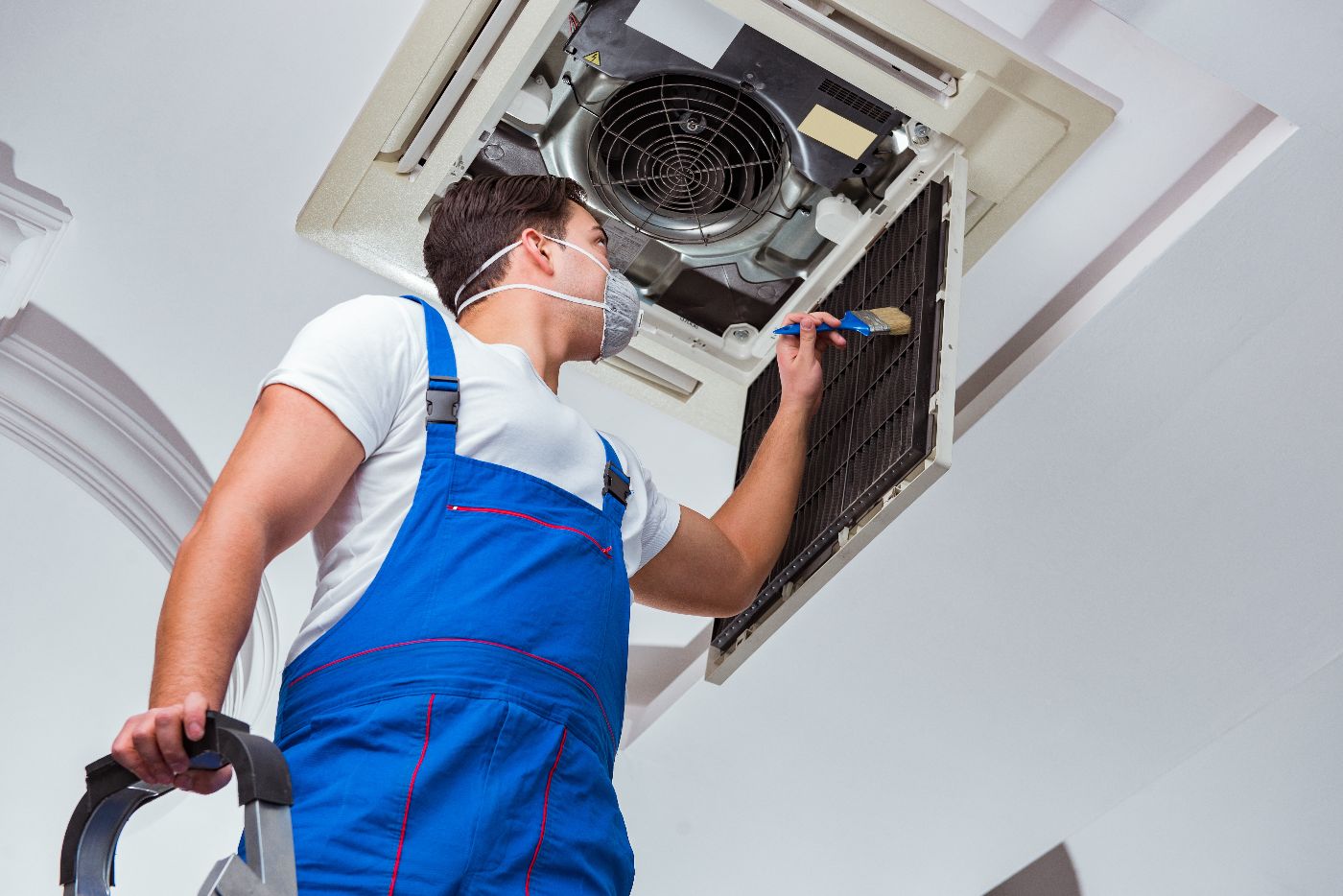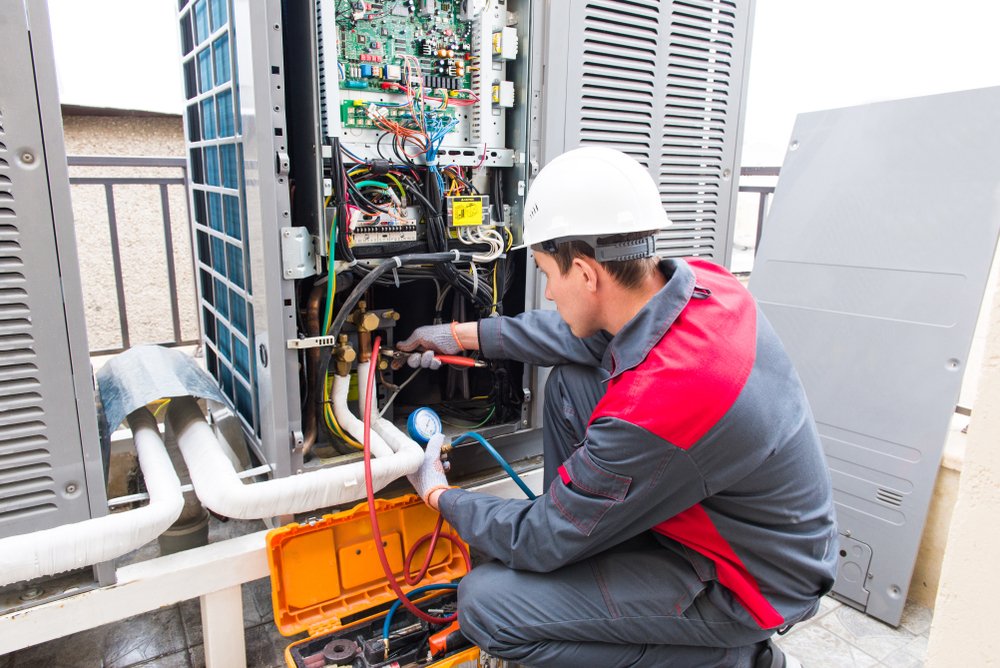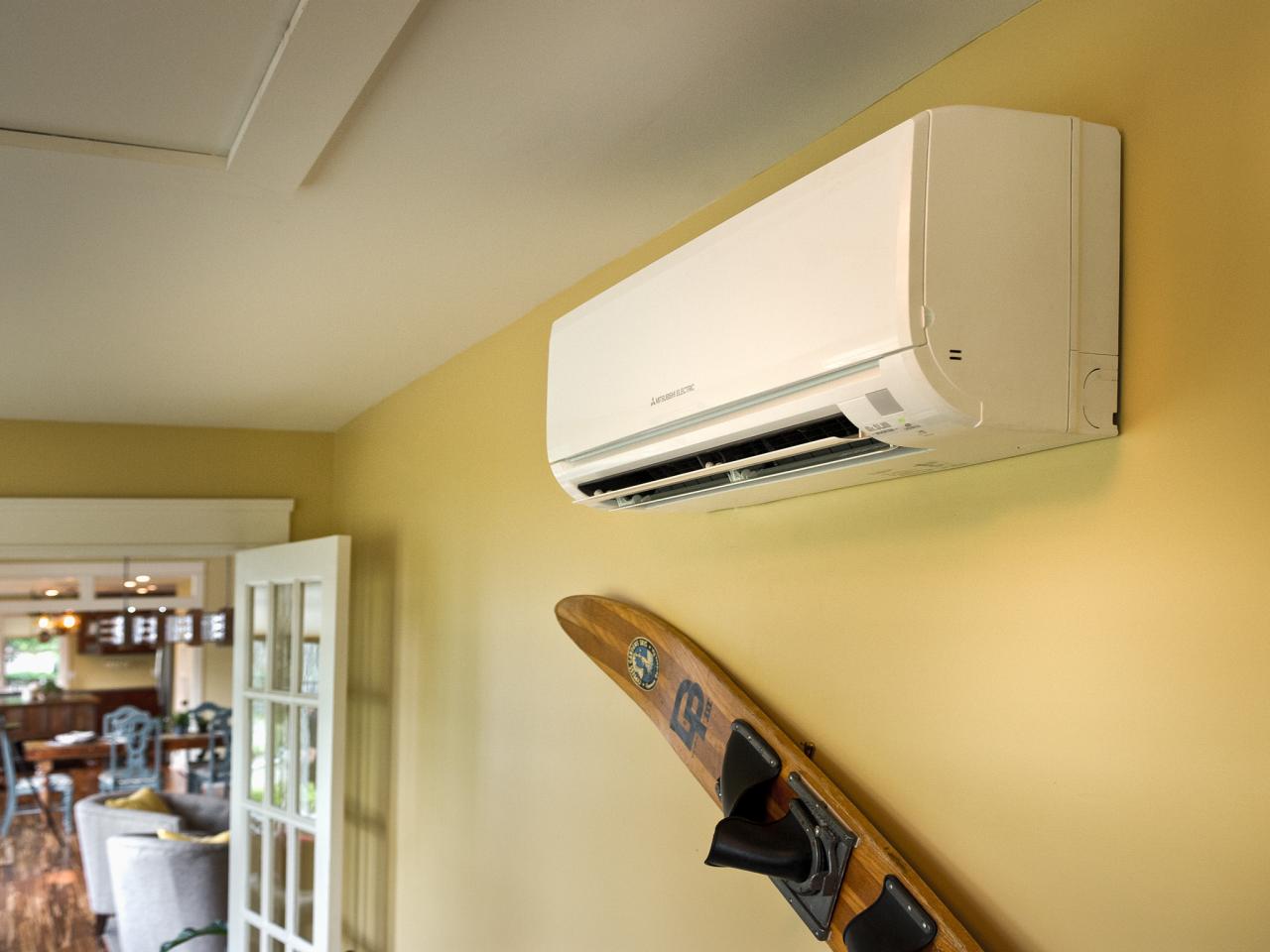Air Conditioning Installment in Skyscraper: One-of-a-kind Obstacles
Have you ever wondered why cooling installation in high-rise buildings provides distinct challenges?
The intricacy goes beyond simply cooling down the spaces efficiently. From steering minimal room constraints to dealing with vertical circulation challenges, each aspect requires thorough planning.
Yet what concerning the architectural factors to consider and guaranteeing availability to electric power for these systems?
These are simply a few items of the puzzle that make taking on air conditioning setup in high-rise buildings a multifaceted undertaking.
Trick Takeaways
- Calculated equipment placement and sound control are essential in skyscraper a/c setups.
- Efficient ductwork routing and upkeep accessibility make sure optimum cooling and heating performance.
- Security, weight distribution, and adherence to building ordinance are important for structural stability.
- Power effectiveness, accessibility, and seamless integration boost air conditioner system functionality in skyscrapers.
Room Restraints

When installing cooling in skyscrapers, you might come across space constraints that require cautious planning and innovative options. Minimal access to certain locations can pose a difficulty throughout installation. To tackle this, specific equipment and innovative handling might be required to navigate through tight spaces and reach the designated areas for setting up the air conditioning devices.
Furthermore, in high-rise buildings, sound control is crucial to guarantee the comfort and health of occupants. The constrained rooms and distance of residential systems in these buildings intensify the influence of sound produced by a/c systems. Applying soundproofing steps, using quieter equipment, and critical placement of components can help reduce noise disturbances for citizens.
Vertical Distribution Challenges
Exploring the intricacies of skyscrapers, specifically with regards to vertical circulation, offers distinct challenges for cooling setup. Ductwork obstacles project in skyscraper structures, where transmitting ducts vertically through multiple floorings can be detailed. Setup logistics end up being important, as coordinating the positioning of ductwork and equipment in such a way that warranties effective airflow and temperature level control throughout the building is critical.
Upkeep access is an additional considerable worry when it pertains to upright distribution in high-rise buildings. Making sure that heating and cooling systems are quickly available for normal upkeep and fixings is crucial for long-lasting performance. Additionally, the logistics of equipment transportation to higher floors position a difficulty. Moving heavy air conditioning units, ductwork elements, and various other products up upright ranges needs cautious planning and control to ensure security and performance.
Architectural Considerations


Considering the structural honesty of skyscrapers is essential when intending air conditioning installations. High-rise buildings are designed to support details weights, and including a/c systems can influence the overall weight distribution. It's critical to abide by constructing codes to make certain that the extra weight from the HVAC devices doesn't endanger the structure's architectural security. Building codes lay out the maximum allowable lots for various areas of the structure, consisting of floorings and walls, to stop overloading.
Correct weight circulation is very important to prevent irregular stress and anxiety on the structure's framework, which might lead to architectural concerns in time. A/c systems need to be tactically positioned to disperse their weight evenly and decrease any type of possible strain on particular locations. Engineers need to thoroughly evaluate the structure's load-bearing ability and design the air conditioning installment as necessary to make certain that it satisfies security requirements and governing demands.
Electrical Power Accessibility
To verify the successful installation of a/c systems in high-rise buildings, evaluating the access of electric power is critical.
When reviewing the electrical power availability for a/c in high-rise buildings, take into consideration the following:
Proximity to Source Of Power: Ensure that the air conditioning systems lie near power sources to lessen power loss and guarantee effective operation.
Push-button Control Capacity: Select systems that use remote attributes, allowing for hassle-free tracking and change of the air conditioning units from a range.
Power Efficiency Ratings: Prioritize air conditioning units with high energy effectiveness scores to minimize total electricity intake and lower functional expenses.
Back-up Power Solutions: Implement backup power solutions like generators or battery back-ups to ensure constant operation of the air conditioning systems during power interruptions.
Heating And Cooling System Integration
When integrating HVAC systems right into skyscrapers, coordinate perfectly with existing framework for peak efficiency. Warranty system compatibility by completely evaluating the structure's layout and existing cooling and heating arrangement. Throughout the setup process, prioritize effective integration to maximize the overall efficiency of the air conditioning system.
To achieve successful HVAC system combination, work together carefully with architects, designers, and contractors to address any type of prospective obstacles. Conduct a thorough analysis of the building's air flow, ductwork, and control systems to ensure smooth compatibility with the new HVAC equipment. This positive technique can aid avoid pricey rework and delays throughout the installment phase.
Incorporating heating and cooling systems in high-rise buildings requires meticulous planning and exact execution to ensure peak capability. Carrying out sophisticated technology and energy-efficient elements can even more boost system performance and sustainability. By focusing on smooth assimilation and system compatibility, you can produce a comfy indoor environment while optimizing power efficiency in high-rise structures.

Frequently Asked Concerns
Exist Any Details Regulations or Codes That High-Rise Buildings Must Comply With When Setting Up Air Conditioning Solutions?
When installing air conditioning systems in high-rise buildings, laws and security conformity are essential. Specific codes determine exactly how these systems ought to be set up to guarantee the safety and security of residents. ac installation Conformity with these guidelines is important for the proper functioning of the cooling devices and to prevent potential hazards.
It is very important to follow these guidelines meticulously to assure a safe and effective air conditioning system within the building.
What Are Some Usual Solutions for Noise Control in Cooling Systems in Skyscraper?
To decrease noise in a/c systems in high-rise buildings, take into consideration soundproofing products and calculated placement to moisten vibrations. Go with energy-efficient versions with quieter operation.
Routine maintenance checks and prompt repair services can protect against loud malfunctions. In addition, utilizing variable rate innovation can reduce noise degrees throughout low-demand periods.
How Do Extreme Weather, Such as High Winds or Lightning Strikes, Influence the Setup and Operation of Air Conditioning Solutions in High-Rise Buildings?
Severe climate condition such as high winds or lightning strikes can substantially impact the installation and operation of air conditioning systems in high-rise buildings. These climate aspects can present structural obstacles, affecting the security and efficiency of the systems.
When dealing with such problems, it is essential to think about the durability of the building's framework and the sturdiness of the heating and cooling components to guarantee suitable operating and safety and security.
Exist Any Type Of Unique Factors To Consider for Incorporating Smart or Energy-Efficient Technologies Into Cooling Equipments in Skyscraper?
When thinking about incorporating smart or energy-efficient modern technologies right into air conditioning systems in high-rise buildings, there are some special considerations to keep in mind. Combination obstacles might emerge when linking different systems, and adapting these technologies to work efficiently in an upright atmosphere can be difficult.
However, energy-saving technologies supply wonderful possible for lowering costs and ecological impact. It's important to very carefully prepare and execute these remedies to maximize their advantages.
What Are the Upkeep Demands for Air Conditioning Systems in High-Rise Buildings, and How Frequently Should They Be Serviced?
To keep your air conditioning systems in skyscrapers running smoothly, regular maintenance is key.
Maintenance frequency relies on aspects like usage and system intricacy. Generally, it's advised to have your a/c devices examined at least annually by an expert technician.
This routine maintenance not just guarantees leading efficiency but also aids in maintaining power effectiveness, saving you money over time.
Conclusion
In general, mounting cooling in high-rise buildings presents distinct obstacles because of space restrictions, vertical distribution challenges, architectural factors to consider, electrical power ease of access, and a/c system assimilation.
It requires careful preparation and control to make certain the system functions properly and effectively in such complex settings.
By resolving these obstacles head-on and working with knowledgeable specialists, building owners can assure that their passengers remain comfy and cool even in the highest of buildings.